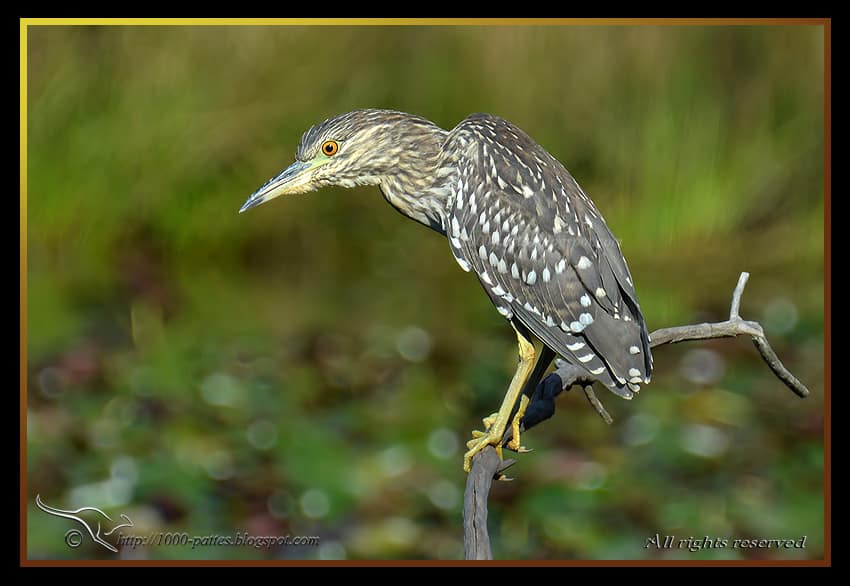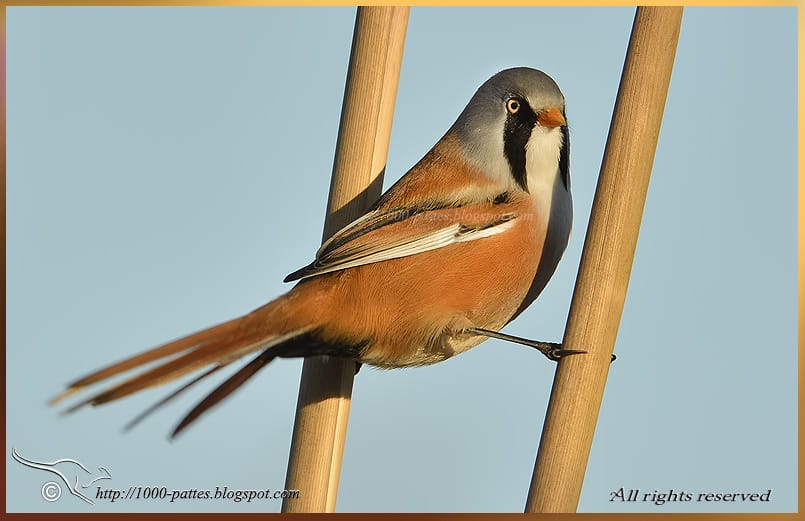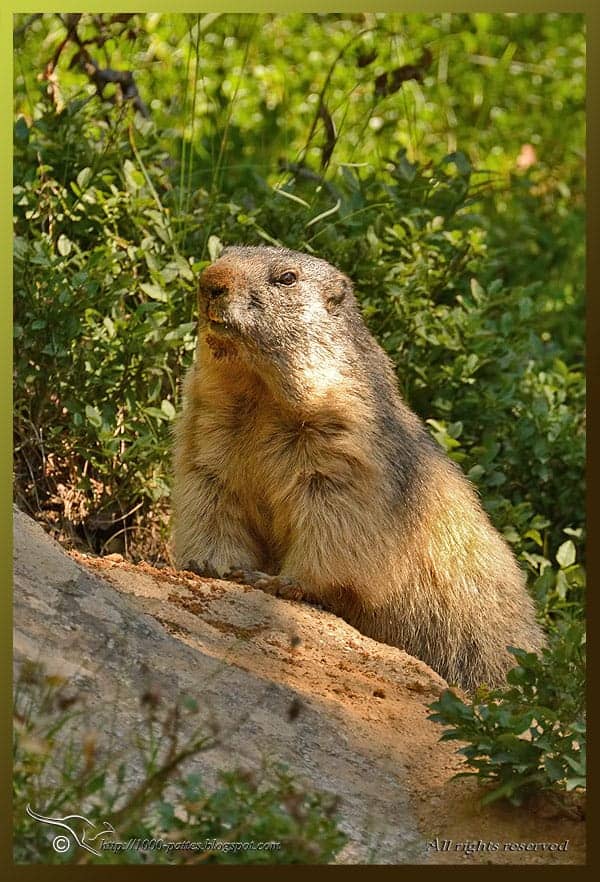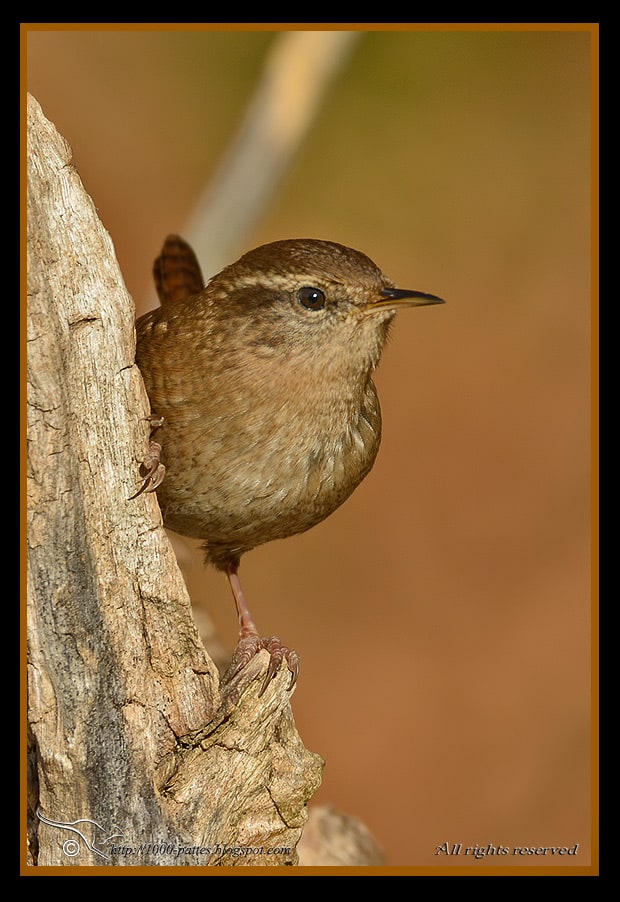I love the Eurasian wren but it comes all too seldom in front of my lens! The 14th of November was superbly sunny contrary to the weather predictions, so I decided to get into the garden hide for an hour and see who would appear! Bingo, curiosity had a name, the wren! He inspected every […]
Tag: Noushka

Lapwings and Water rail: mirror, shine and attitudes
Vanellus vanellus – 3 Northern lapwings landed about 60 m from the hide, the distance was a pity but the show was great! 3 Vanneaux huppés se sont posés peu avant que le râle n’apparaisse, à environ 60 mètres de nous: même avec le 500 mm c’était juste en distance. Rallus aquaticus – […]

Black-crowned Night-Heron
Nycticorax nycticorax – Quite a common species round the world. It is only in its 3rd year that the young takes on its adult plumage. Usually nocturnal, it is interesting to notice that in a protected area, it comes out in broad day light even if it does not hunt. These pics were taken at […]

Bearded tit
Panurus biarmicus Although widely distributed, it is an elusive bird not easy to see and after which so many photographers are after! I was lucky to get these shot in Spanish Catalonia. The male has magnificent black mustaches going down from the eyebrows to the throat: Original post HERE

Southern Migrant Hawker
Aeshna affinis – Aeschne affine – Petite æschne, sa longueur est de 57 à 66 mm. De répartition plutôt méridionale, cette libellule de plaine est en expansion vers le nord de l’Europe.Rarement abondante sur un site quoique, au Parc du Confluent Garonne-Ariège en Haute Garonne, ses effectifs soient particulièrement importants depuis 2 ans. Elle fréquente […]

Cirl bunting
Emberiza cirlus – Locally common in Southern Europe; seen sometimes in the South of England. It is gregarious and often joins groups of other bunting or finch species; it is normally sedentary, but sometimes migrates southward during when winters are harsh. Close to the Yellow bunting, it is more easily shy and wary and perches in […]

Alpine Marmots
From the same family as the squirrels, this creature is symbolic of our mountains and lives in an altitude between 800 and 3 000 meters. It was successfully reintroduced in Pyrenees in 1948, as it had totally disappeared at the end of the Pleistocene period. It hibernates 6 to 7 months a year without stocking food […]

Argiope lobata
This spider has a wide distribution encompassing the whole of Africa and stretching to southern Europe and into Asia. Without the legs, it reaches 25 to 30 mm in length. The female’s characteristic lobes distinguish her from other spiders of the araneidae family. The web is loose and the threads are very thin. I found […]
